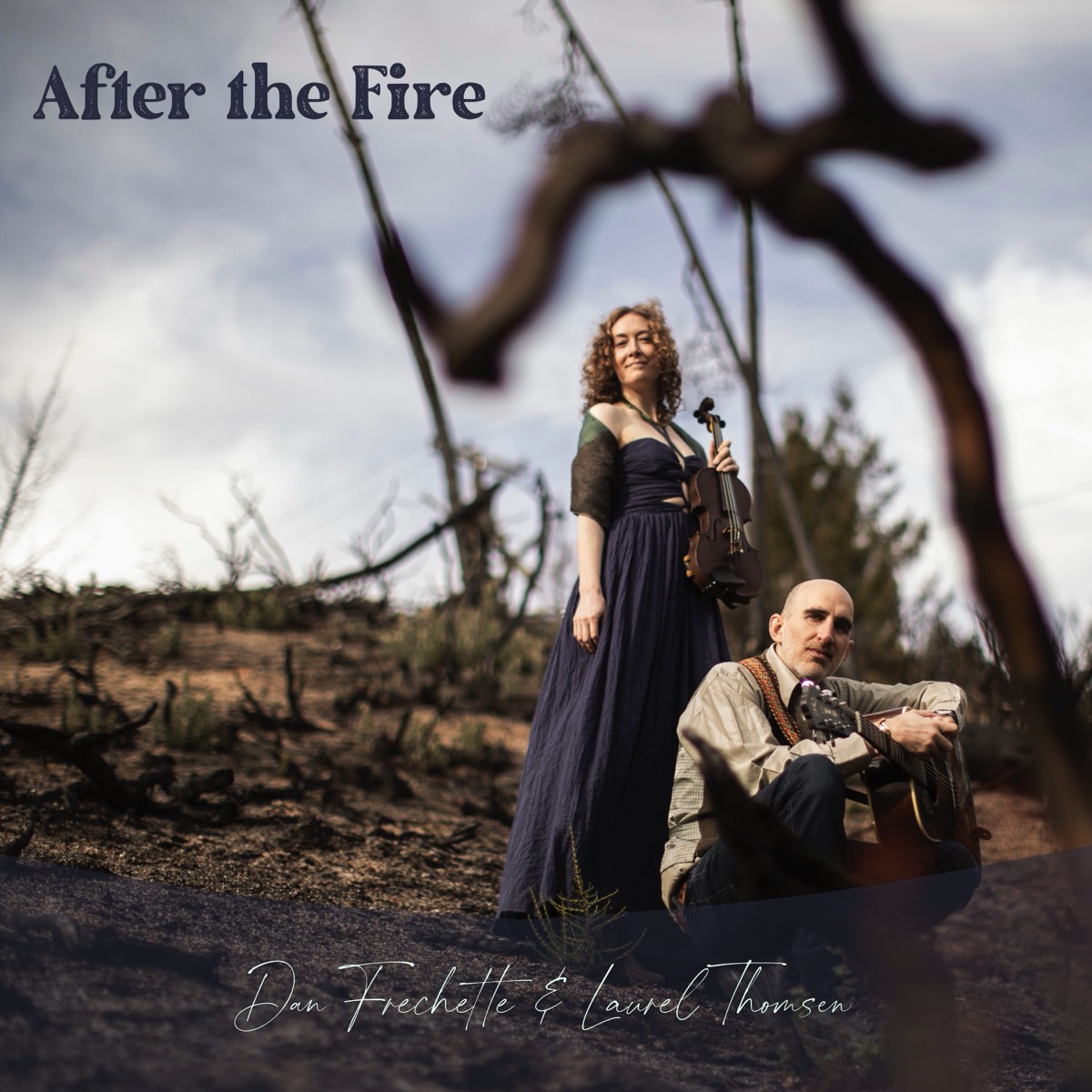Violin methods like Suzuki, the Solos series by Barbara Barber, and exam systems like UK's ABRSM, Canada’s The Royal Conservatory, and Australia’s AMEB offer graded repertoire intended to systematically prepare students for the major concertos of the Classical and Romantic eras. Such compilation books often include Baroque concertos starting around grade 3 or 4, considered “easier” because many can be tackled entirely in first position. However, they often seem to choose encore pieces, sonatas, and more contemporary works over the “student” concerto repertoire from the more recent musical time periods. Perhaps it’s because concertos can be intimidating, or more likey, maybe they assume that most teachers will supplement with these works anyway? Why fill a compilation book with one or two concertos when a student can already find a plethora of versions edited by various famous soloists?
In any case, more student concertos exist then we may be aware of and many are accessible to students who have only covered the most common bow strokes and key signatures. Supplementing method books with the study of a full concertos or concertinos offers advancing beginning and intermediate students the chance to build stamina and explore a wider range of tone colors and moods then one movement or a short piece typically offers. While some students might balk at the idea of playing several pages continuously, nothing beats the accomplishment we feel at the end.
Here are a few recommended composers and concertos to explore:
Oskar Rieding (1840-1918) was a German violinist, teacher, and composer of several concertos intended for students. His Concerto No. 2, Opus 35 (in B minor) is one of his most famous, with melody lines that don’t need much encouragement to make us feel something. The moody first movement, with an emphasis on long bowing and tone control, room for vibrato, and a variety of accents and dynamics supporting dramatic emotional shifts, leads to a slightly lighter second movement in 6/8 hosting a key change into G major, then G minor, and back again. The flashy third movement finally releases us from all the nostalgia and uncertainty of the previous movements, giving the aspiring violinist a spotlight in which to impress us with flying 16th notes and a convincing concerto ending.
There are two other Rieding concerti which can be played entirely in the first position - Opus 34 (in G), and Opus 36 (in D). Technically, all three contain a variety of basic rhythms, bow strokes, and common accidentals in keys that most students who have played for at least a year or have reached a grade 2 level will have covered.
Ferdinand Küchler (1867-1937) was another German violinist, violist, and pedagogue. His Violin Concertino in G Major, Opus 11, is among the easier concertos in the violin repertoire, accessible even to students approaching the end of Suzuki Volume 1. However, it packs both grand and heartfelt gestures and a variety of playing challenges, most notably many arpeggiated melody lines which require students to read and listen carefully.
Leopold Josef Beer (1885-1965) was an Austrian organist and the founder of a music school in Vienna. We wrote a number of studies for violin and piano, as well as two violin concertinos. Though some passages in his Opus 47 (in E minor) may benefit from shifts to higher positions, they are possible to play in the first position and offer the advancing student the opportunity to practice changing colors, plentiful fourth fingers, octaves, multi-stops, and a few tricky accidentals.
Gustav Adolf Huber (1872-1946) was yet another German violinist and teacher. His Concertino in G, Opus 8, No. 4 does not waste paper, balancing a grandiose yet concise main theme with playful 16th note passages, a 6/8 scherzando in Bb major, and ends with a splatter of double stops. While more demanding then the concertos above, students advancing through grade 2 or entering grade 3 usually enjoy learning this concertino and find it sufficiently challenging to keep their interest.
Leo Portnoff (1875-1940) was a Ukrainian musician who spent the first half of his life as a professor in Berlin, and the second half at the University of Miami. Of his two violin concertinos, Op 13 in E minor is the easier and may be particularly helpful repertoire for the student who needs to build a more confident sound. The first movement is often forceful and dynamic with suspenseful, dance-like moments interspersed. The second contrasts with a melancholy, yet determined mood. The mysterious opening theme of the third movement contrasts back and forth with the lush romanticism of its second theme. It’s a creative and engaging student concerto that deserves to be played along with his Opus 14 once a student is ready for third position.
Pál Járdányi (1920-1966) was a Hungarian musician and composer. His student concertino fluctuates between soaring melodies and jagged bursts - musical modernism that is appreciated among what is often a largely Baroque repertoire for students at this level.
George Perlman (1897-2000) was another Ukrainian violinist and teacher who immigrated to the US, spending most of his life in Chicago. The first movement of his Concertino in Am (not to be confused with his Israeli concertino which is also worth exploring for the slightly more advanced student), has a sense of urgency that contrasts dramatically with a pensive second movement. It feels as though a troubled protagonist is searching for answers that are never quite found. The urgency returns in the third movement, along with a variety of catchy motifs and a romantic and slightly despondent second theme.
The Concertino in D by Hans Millies (1883-1957), another German violinist and composer, is written “in the style of Mozart” and as such, provides a stepping stone to Mozart’s famous Eine Kleine Nachtmusik and Classical repertoire in general. Like Mozart, although this piece looks relatively simple, to play with the poise and grace demanded of this style students will be especially challenged to develop their bow control and learn how to shape their phrasing.
Friedrich Seitz (1848-1918) was another German violinist, composer, and teacher whose inspiring life story demonstrates how one doesn’t have to start in early childhood to still find success in music. The son of a farmer, he joined the army at 17 and fought in the Austro-Prussian War in 1866. Shortly thereafter he decided to take violin lessons and despite periods of time still serving in the army, by 1869 he had joined the court orchestra under Max Bruch. By 1876 he had became the concertmaster of the Stadttheater and Konzertorchester in Magdeburg and went on to serve as concertmaster in other orchestras, to found a music school, work as a conductor, perform as a soloist, and to eventually become a teacher.
Seitz is best known for his numerous student concertos. While most require knowledge of first through third position, Opus 13 and 22 (concertos #2 and #5 respectively), though still among the more demanding repertoire listed here, can be played entirely in the first position. A movement of the second concerto and two from his fifth concerto start Suzuki book 4. Seitz is a master at making use of paper. His movements are well organized, with memorable themes introducing a wide variety of violin techniques, from flying fingers, to double stops, to spiccato, sautillé, and trills, and interspersing resolute, lyrical, and dance themes. His enduring works are enjoyable to revisit, even once we’ve graduated beyond the Schüler-Konzerte.
References: Rieding https://en.wikipedia.org/wiki/Oskar_Rieding Küchler https://en.wikipedia.org/wiki/Ferdinand_K%C3%BCchler Beer https://en.wikipedia.org/wiki/Joseph_Beer Huber http://www.adolf-huber.com/bioeng.html Portnoff https://en.wikipedia.org/wiki/Leo_Portnoff Járdányi https://de.wikipedia.org/wiki/P%C3%A1l_J%C3%A1rd%C3%A1nyi Perlman https://de.wikipedia.org/wiki/George_Perlman Millies https://de.wikipedia.org/wiki/HansMillies(Komponist) Seitz https://www.naxos.com/mainsite/blurbs_reviews.asp?item_code=8.573801&catNum=573801&filetype=About%20this%20Recording&language=English

